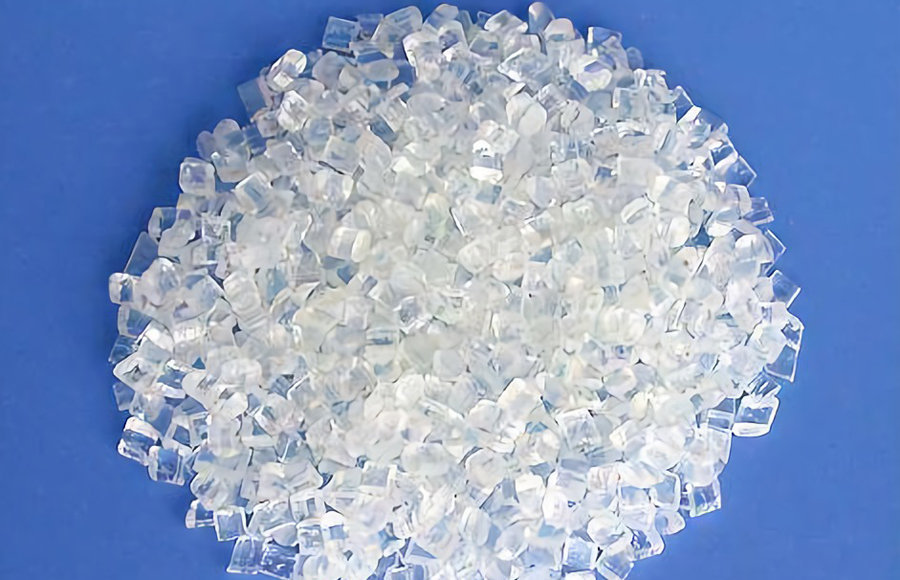
Acrylonitrile-Butadiene-Styrene (ABS) offers superior processibility, appearance, low creep, excellent dimensional stability, and high impact strength.
Typical Applications
– automotive
1. instrument panels
2.. interior trim panels
3. glove compartment doors
4. wheel covers
5. mirror housings
– refrigerators
– small appliance housings
– power tools applications
1. hair dryers
2. blenders
3. food processors
4. lawnmowers
– recreational vehicles
1. golf carts
2. jet skis
– telephone housings
ABS Injection Molding Processing Conditions
| Conditions Name | Value |
|---|---|
| Drying | ABS grades are hygroscopic and drying is required prior to processing. Suggested drying conditions are 80°C–90°C [176°F–195°F] for a minimum of 2 hours. The material moisture content should be less than 0.1%. |
| Melt Temperature | 200°C–280°C [392°F–536°F]; Aim: 230°C [446°F] |
| Mold Temperature | 25°C–80°C [77°F–176°F]. Mold temperatures control the gloss properties; lower mold temperatures produce lower gloss levels. |
| Material Injection Pressure | 50 –100 MPa |
| Injection Speed | Moderate–high |
ABS Chemical and Physical Properties
ABS is produced by a combination of three monomers: acrylonitrile, butadiene, and styrene. Each of the monomers impart different properties: hardness and chemical and heat resistance from acrylonitrile; processibility, gloss, and strength from styrene; and toughness and impact resistance from butadiene. Morphologically, ABS is an amorphous material.
The polymerization of the three monomers produces a terpolymer which has two phases: a continuous phase of styrene-acrylonitrile (SAN) and a dispersed phase of polybutadiene rubber. The properties of ABS are affected by the ratios of the monomers and molecular structure of the two phases. This facilitates a high level of flexibility in product design and consequently, there are hundreds of grades available in the market. Commercially available grades offer different characteristics, such as medium to high impact, low to high surface gloss, and high heat distortion.









